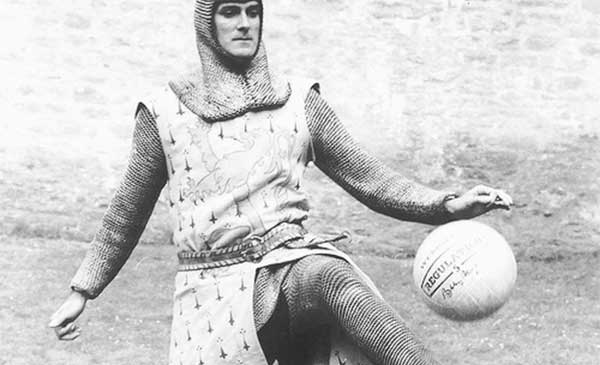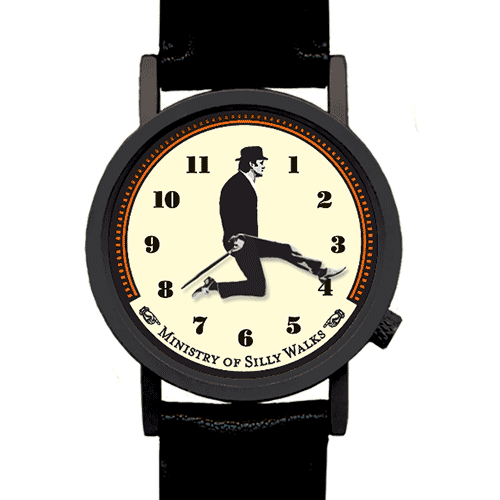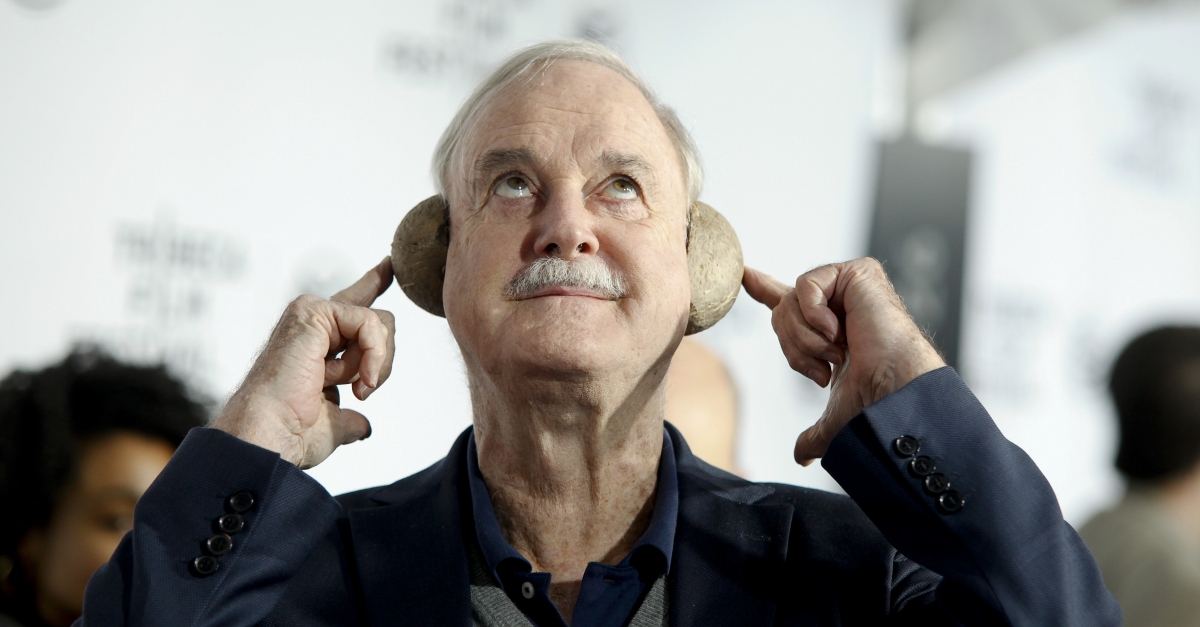A couple of weeks ago I was asked to revamp the copy on our Hammer Agency website and it sent me down a road to look into the nature of creativity. I know it’s a digital age and statistics, metrics, and technology often overshadow creativity. All this knowledge is important, but it requires creativity to turn it into success. Creativity deserves more attention at work not just in ad agencies but everywhere. It can solve problems and lead to positive change in your daily work and your business in general.

“Imagination is more important than knowledge. For knowledge is limited, whereas imagination embraces the entire world, stimulating progress, giving birth to evolution.” – Albert Einstein
Here are 5 practical steps taken as a sort of marriage of Monty Python’s John Cleese and Physic’s Albert Einstein. Both relatively important in their fields of physics and funny walks. We can use these steps to increase creativity in the professional context and turn the knowledge you and your team already have into success.
1. Gain confidence in your own creative ability.
Many think they aren’t imaginative or creative-type. The first step is to restore or reconnect with this innate ability. We’re all born with it. It’s just that it’s been drummed out of us over the years. Negative thoughts must be pushed out with positive ones.
Pushing out negative thoughts can often be a “step at a time” sort of thing: I couple of years ago I signed up for my first marathon. At the 30th km, I realised what an insane idea it is to run for 42. With every stride of the last 12km came the thought, “Pain! Why are you doing this? Walk!” I battled this, with every stride saying to myself, “I can run one more step!” One step at a time. Amazingly, I finished without walking…sure I still think it was insane.

We are all creative, but we have to have to tell ourself that. We have to overcome the beating this idea took through the marathon of school, exams, tests, interviews and attending to past failures. Destroy these negative thoughts with positive ones. This will boost your confidence in your own creative ability.
2. Play.
John Cleese from Monty Python gave a brilliant speech on Creativity in 1991 (which you should all watch) in which he talks about how he’s done a lot of research into creativity and that none of it tells us where it comes from, or why some seem to have more of it than others, or where to get more. But all agree on one thing; it is associated with play.

“…combinatory play seems to be the essential feature in productive thought”. – Albert Einstein
Combinatory play: Combining what you, or your team, already knows the essential feature in productive thought. The rest is simple: The more productive you are, the more success you will have.
This requires a certain fearlessness: Studies were done on creativity and play in groups of both children and adults. Separately, both were given 30 seconds to draw the person next to them. The Adults ended with embarrassed laughter and apologies. The children didn’t apologise. They were proud of their work. They weren’t afraid.
Be open, fearless and experimental. This can be difficult in a professional situation. So we need to actively structure the work environment to fit the objective.
3. A time:
John Cleese talks about setting up a Space and Time, for Creativity. Structure it. A half hour, say, where everyone agrees this is playtime: A time where it’s understand that everything is possible and no one needs to worry about being laughed at or embarrassed. We all know when it starts and when it ends.

4. A place:
A playground is a place of fearlessness. A battlefield in which everyone is brave and everyone wins. Again it is structured and an this structure must be in place both in the school yard as well as in a professional situation. And this is true for groups as well as individuals. This could be a boardroom or you alone with a blank sheet of paper and a pencil in a café.

5. Be open.
The more one can be open and free to combine what one already knows, the more productive. We can see it in our relationships: are they fun and open or sad and closed? At work, often people are Closed: tense, impatient, purposeful and not creative. Instead, they need a time and place to be relaxed, less purposeful, and more playful.

Find ways to ignore negative thoughts and promote confidence and openness to play. Do this for yourself and for your team. This will not only help you and your team create new solutions but also allow them to discover new dreams and reach them.
